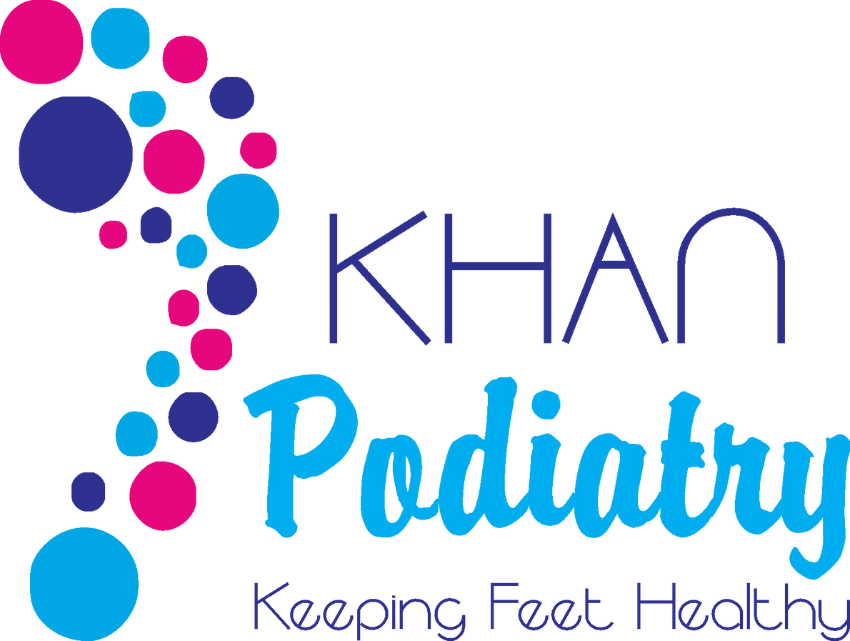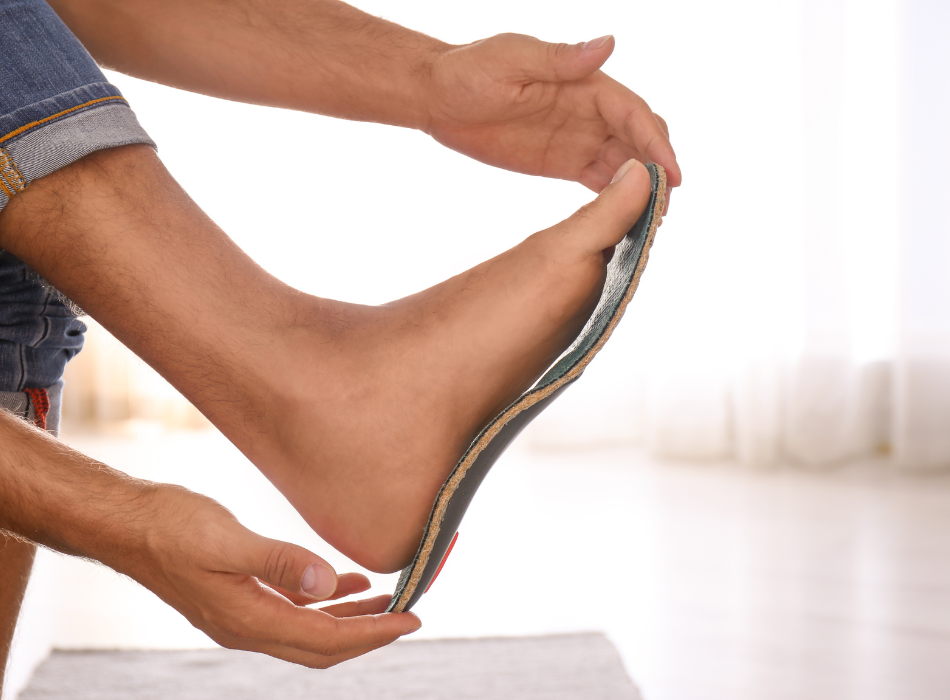Our feet are the foundation that carries us throughout the day. But for many people, foot pain can put a damper on their steps. This is where orthotics and insoles come in. Often confused with one another, these inserts for your shoes serve different purposes. Let’s explore the world of orthotics and insoles to find the best fit for your feet.
The Insole Lowdown: Cushioning Comfort
Insoles are generally off-the-shelf shoe inserts designed to provide additional comfort and support. They come in a variety of materials, like memory foam, gel, or arch support, and can be helpful for:
- Increased shock absorption: Insoles can help absorb impact during activities like walking or running, reducing stress on your feet and joints.
- Enhanced arch support: For people with flat feet or high arches, insoles can provide additional support to promote better foot alignment.
- Blister prevention: Certain insoles with padding can help reduce friction and prevent blisters.
- Odor control: Some insoles are infused with odor-fighting materials to keep your shoes feeling fresh.
Orthotics: Medical-Grade Support
Orthotics are custom-made shoe inserts prescribed by a podiatrist (foot doctor) or other healthcare professional. Unlike insoles, orthotics are designed to address specific foot problems and biomechanical abnormalities. They are typically more rigid than insoles and can be made from various materials, including plastic, foam, and leather. Orthotics can help with:
- Correcting foot mechanics: Orthotics can be designed to control excessive foot motion, like pronation (inward rolling) or supination (outward rolling), improving overall alignment.
- Alleviating pain: Orthotics can be very effective in reducing pain caused by conditions like plantar fasciitis, heel spurs, and bunions.
- Improving balance and stability: Custom orthotics can enhance balance and stability, particularly for people with foot or ankle weakness.
Choosing the Right Fit for Your Feet
If you’re experiencing foot pain or discomfort, it’s important to consult a podiatrist or healthcare professional. They can assess your individual needs and determine if insoles or orthotics are the right solution for you. Here’s a quick guide:
- For mild discomfort or arch support: Over-the-counter insoles might be a good starting point.
- For persistent pain or addressing biomechanical issues: Consult a healthcare professional to discuss custom orthotics.
Stepping Towards a Pain-Free Future
Whether you need a little extra cushioning or targeted support for specific foot problems, orthotics and insoles can be valuable tools for keeping your feet happy and healthy. By understanding the differences and consulting a professional when needed, you can take a step towards a more comfortable and pain-free future, one step at a time.




